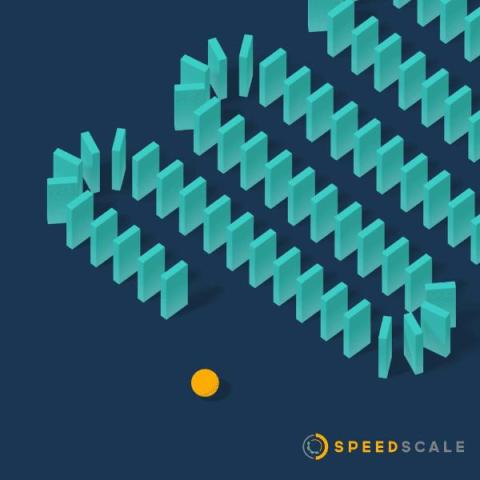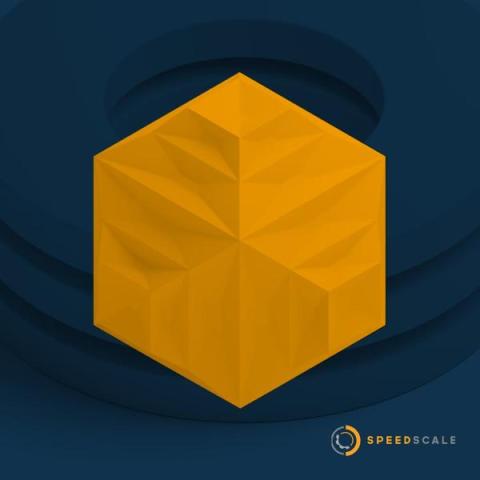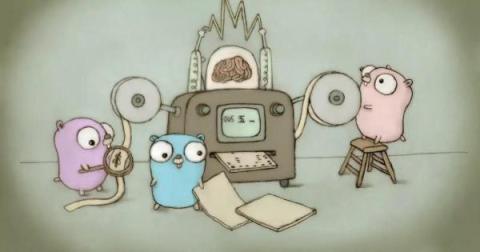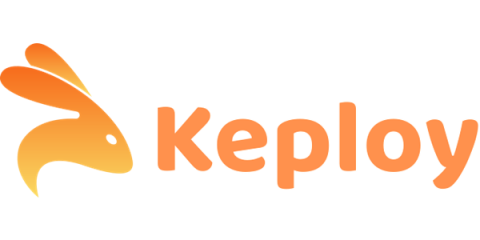6 Golang Testing Frameworks for Every Type of Test
What do good tests look like, and do you even need a Golang testing framework? It’s a loaded question with an open answer. Not only do tests help ensure that your code will work as intended, but good tests can also serve as documentation for your codebase, making it easier to update and maintain in the future, while accelerating and streamlining your software development process. In this article, we outline 6 Golang testing frameworks for every type of test.











